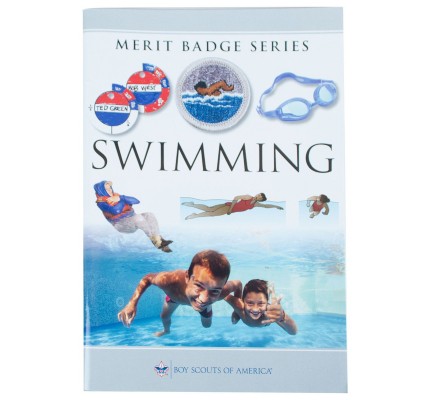
In case you missed it, The World Games — an international, multisport event consisting of sports that aren’t in the Olympics – concluded yesterday in Birmingham, Ala.
Among the competitions you’ve probably at least heard of: drone racing, parachuting, bowling, racquetball and roller sports.
There are some that are variations on Olympic sports you already know: archery, canoeing, karate and powerlifting.
There are some you’ve probably never heard of: boules (it’s French for ball and includes games called lyonnaise and pétanque), dance sport (there are categories for rock and roll, Latin and “breaking”) and floorball (basically, floor hockey).
And then there’s the one that makes you go, “Wait, that’s a sport?” That’s right: The sport of lifesaving, not to be confused with the Lifesaving merit badge that’s earned by nearly 20,000 Scouts per year, is a competitive event at The World Games.










